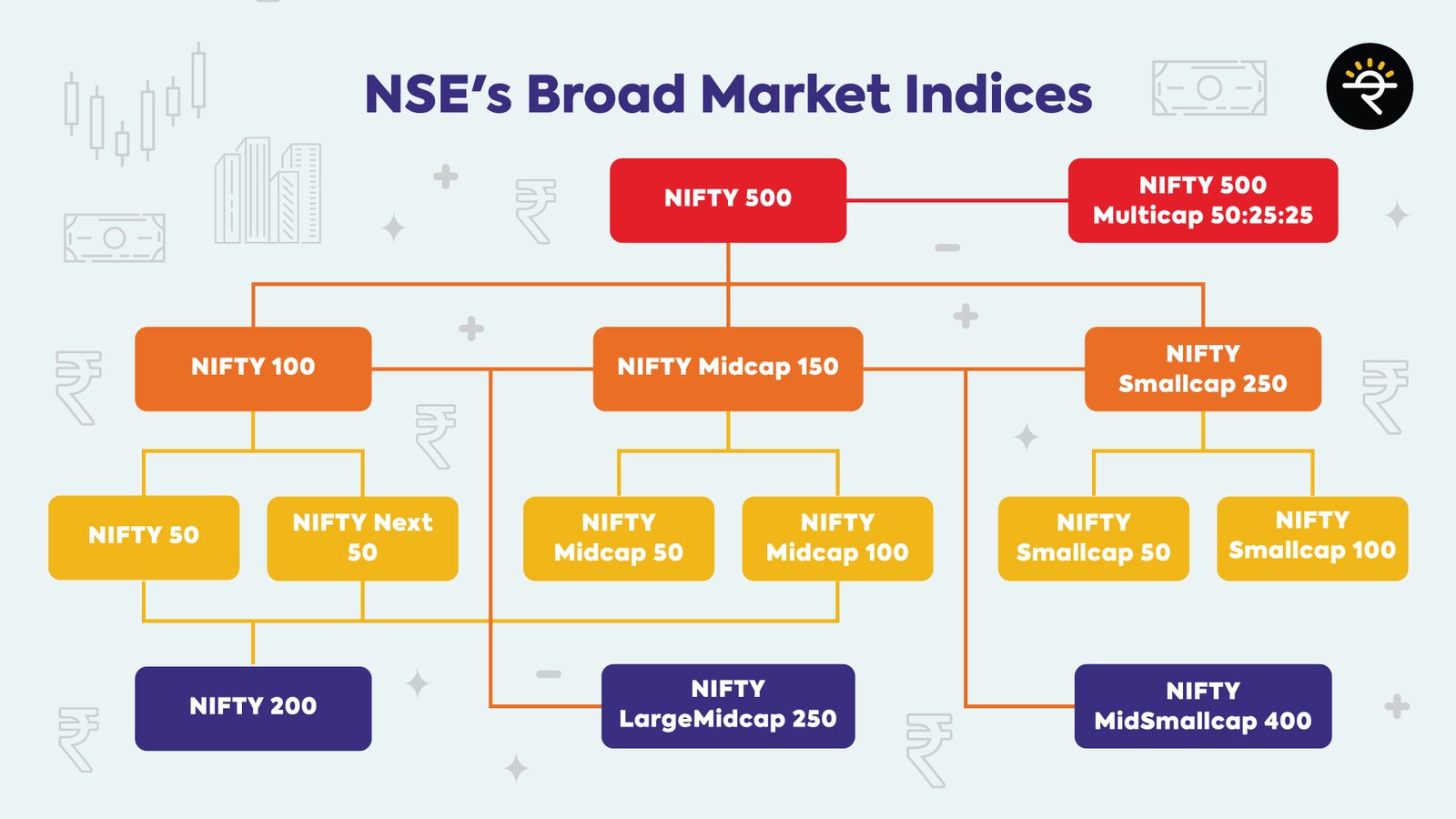Stock Market Technical Analysis: In the dynamic world of stock market trading, understanding and analyzing market trends is crucial for making informed investment decisions. Technical analysis is a powerful tool that enables investors to assess past price and volume patterns to predict future market movements. By examining historical data, identifying patterns, and using various indicators, traders can gain insights into market behavior and improve their chances of achieving consistent profitability. In this article, we will delve into the fundamentals of stock market technical analysis, exploring its key concepts, methods, and benefits.
I. Understanding Stock Market Technical Analysis:
A. Defining Technical Analysis
B. The Assumptions behind Technical Analysis
C. Key Differences between Technical and Fundamental Analysis
II. Key Concepts and Principles of Technical Analysis
A. Price Action and Market Trends
B. Support and Resistance Levels
C. Chart Patterns and Formations
D. Moving Averages
E. Oscillators and Momentum Indicators
III. Chart Patterns and Formations: Unveiling Market Sentiment
A. Head and Shoulders Pattern
B. Double Tops and Bottoms
C. Triangles (Ascending, Descending, Symmetrical)
D. Flags and Pennants
IV. Indicators: Unveiling Trading Opportunities
A. Moving Averages (Simple and Exponential)
B. Relative Strength Index (RSI)
C. Moving Average Convergence Divergence (MACD)
D. Bollinger Bands
E. Stochastic Oscillator
V. Technical Analysis Strategies and Tools
A. Trend Trading
B. Breakout Tradi
C. Swing Trading
D. Fibonacci Retracement and Extension Levels
VI. The Importance of Risk Management
A. Setting Stop-Loss Orders
B. Determining Position Size
C. Implementing Risk-Reward Ratios
VII. Advantages and Limitations of Technical Analysis
A. Advantages:
- Objective and Rule-Based Analysis
- Identifying Entry and Exit Points
- Effective in Short-Term Trading
B. Limitations: - Inability to Predict Major News Events
- Subjectivity in Interpretation
- Ignoring Fundamental Factors
VIII. Combining Technical and Fundamental Analysis
A. The Synergy between Technical and Fundamental Analysis
B. Using Technical Analysis to Time Entry and Exit Points
IX. Leveraging Technology in Technical Analysis
A. Advanced Charting Software
B. Algorithmic Trading and Artificial Intelligence
C. Online Trading Platforms and Mobile Apps
Technical analysis equips traders with a valuable set of tools and techniques to decipher the complexities of the stock market. By understanding market trends, chart patterns, and indicators, investors can make more informed decisions and enhance their trading strategies. However, it is important to acknowledge the limitations of technical analysis and to complement it with fundamental analysis for a comprehensive investment approach. Moreover, leveraging technological advancements can significantly enhance the accuracy and efficiency of technical analysis. By mastering the art of technical analysis and combining it with other analytical methods, traders can gain a competitive edge and navigate the stock market with confidence.
Read Also: Stock Market Crash/Corrections
![]()






One thought on “Stock Market Technical Analysis”